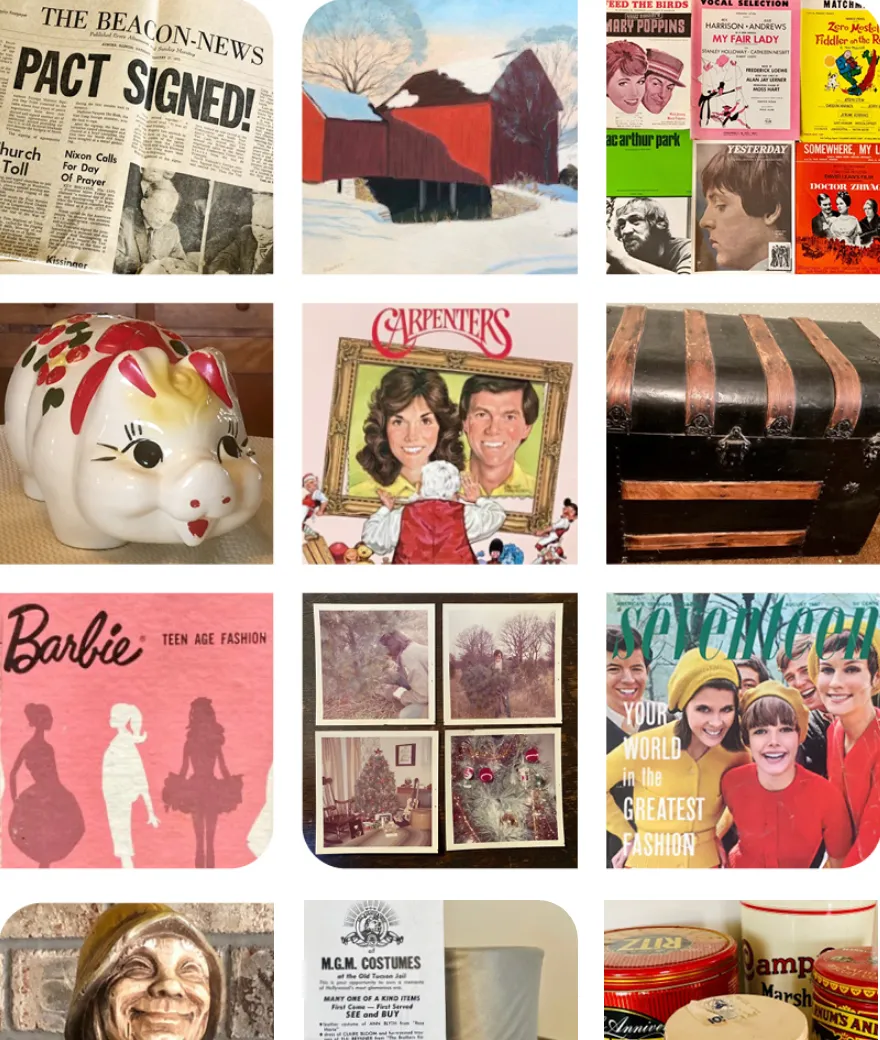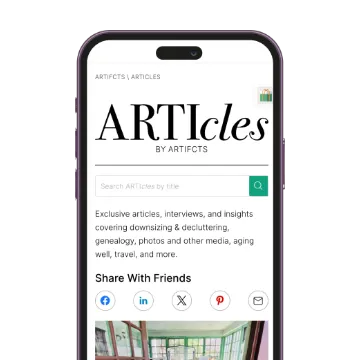Over the last several years, there has been a movement in technology called the “Internet of Things.” This is the growing interconnection, via the internet, of computing devices embedded in everyday objects. At some point in the future, all our home and business technology are expected to be seamless and interconnected.
In the past, estate planning has been solely or almost completely concerned about passing a person’s assets at death. It has not been connected to other parts of life and especially not connected to the parts of all our lives that have no monetary value: family history, legacy, values, etc. If the IRS does not value it, we often ignore it in estate planning.
We need to start thinking about Interconnected Estate Planning to make estate planning more wholistically connected with our lives. Especially in this age of downsizing and decluttering, we need to start thinking about how we plan to transfer our things to our children, families, and friends in a way that transfers not just the title and ownership, but also transfers the “Why” so those people and others will understand the importance and the stories behind those assets. We also can think about making those transfers during life when we have the chance to assure the best stewardship of the items for the future.
How do we start Interconnected Estate Planning? Many of us are paralyzed or overwhelmed and do not start estate planning until late in life, or – at worst – when it is too late. Among the negative thoughts I have heard are:
- “I’ll just leave this to be handled after I am gone.”
- “My children/grandchildren/friends/family all know what I want and they will divide everything fairly.”
- “I do not want to make any decisions that might make people mad after I am gone.”
- “I don’t want to dwell on my own death.”
In my experience, it is much better to make a plan than to leave the disposition of your estate to chance. Many estate planning attorneys, accountants, insurance professionals, and others who help to manage assets for estates have stories of families broken apart because the person who died was not clear about disposition. There are lawsuits that have dragged on literally for decades where beneficiaries argue about these assets… and not always the most expensive items.
Fortunately, there is a solution. Creating an interconnected plan can start with considering just a few items, and without even going to an attorney. By considering these items, you have the chance to answer the most important question your beneficiaries will have after you are gone: Why? Why are these items important? Why did she save that? Why does it matter?
In one of the episodes of Evening with Artifcts, Jeff Greenwald said, “When you are giving an object away, it motivates you to tell the story. Stories don’t take up much space at all.” So, start with a small list of items you value. Title the list “Personal Property Memorandum” and state at the start that you intend this to be included in your current or any future Will, and date it. Make the list and consider why you think those items are worth giving away, what they mean to you, name the beneficiary, and describe what the item might mean to the beneficiary.
Artifcts can be a great way to start organizing your thoughts. Once you have the items in Artifcts, you could print out the items, and use the printout as part of your Memorandum. With Artifcts, you can also write directly in the "In the Future” field that the object in question is to be given to a particular person.
By considering who should get the items, you can decide whether to wait to give it away now, or make it part of your estate. As you make these decisions, just update your Memorandum (and Artifcts!) at any time.
This is a simple way to pass along items with the most meaning in your life to those who can most benefit.
###
Looking for additional tips to help you tackle the estate planning of things? You might also enjoy:
Estate Planning & The Art of Artifcts
Insider's Look at What It Means to Clean Out an Estate
How Well Managed Is Your Family History Estate?
© 2025 Artifcts, Inc. All Rights Reserved.































